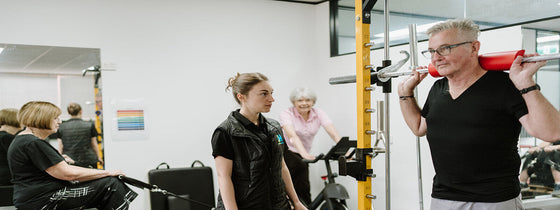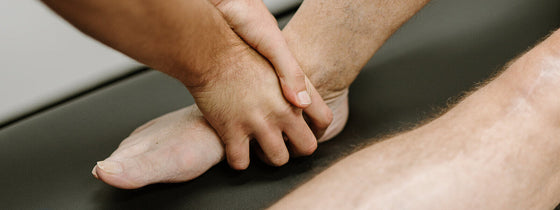If you're experiencing back or neck pain with neurological signs and symptoms (pain radiating down your limb, pins and needles tingling, numbness or loss of strength), a thorough neurological examination is crucial for accurate assessment and effective treatment. This examination performed by your friendly OHL Physiotherapist (1) helps identify the root cause of your pain and guides the development of a personalized treatment plan.
Myotomes and Dermatomes: What Are They?
Myotomes and dermatomes are essential concepts in neurological examinations. A myotome is a group of muscles innervated by a single spinal nerve root. Testing myotomes involves assessing muscle strength to determine if there is any weakness or loss of function in specific muscle groups. For example, the C5 myotome controls shoulder abduction, while the L4 myotome controls ankle dorsiflexion.
A dermatome is an area of skin supplied by a single spinal nerve root. Testing dermatomes involves checking for changes in sensation, such as numbness or tingling, in specific skin areas. For instance, the C6 dermatome covers the thumb and part of the forearm, while the S1 dermatome covers the outer part of the leg and foot./
Common Tests Conducted by Physiotherapists
During a neurological examination, your physiotherapist will perform several tests, including:
1. Reflex Testing: To assess the integrity of the nerve pathways in the triceps, patella and achilles.
2. Myotome (Muscle Strength) Testing: To evaluate the strength of specific muscle groups associated with different myotomes.
3. Dermatome (Sensory) Testing: light touch testing to check for changes in sensation across various dermatomal patterns.
4. Neurological coordination testing:
By understanding myotomes + dermatomes and conducting these reflex and coordination tests, your OHL Physiotherapist can pinpoint the source of your pain and develop an effective treatment plan to help you recover and improve your quality of life. If you have any concerns or symptoms, don't hesitate to reach out to one of the OHL physiotherapists for a comprehensive evaluation today via 9431 5955 or you can book online via our website.

Squats, deadlifts, and calf raises are key movement patterns that should be part of every strength and conditioning program—regardless of age and activity level. These functional movements support joint health, improve posture and balance, and reduce the risk of injury while building strength where it matters most.

A ganglion cyst is a fluid-filled swelling that typically forms over a joint or tendon sheath, causing discomfort and pain, especially when pressing against nerves or joints. Proper assessment and treatment, including physiotherapy, are essential for managing symptoms and improving function in the presence of a ganglion in your hand, foot, or wrist.

This blog discusses the mechanisms by which dry needling works and the differences from acupuncture.